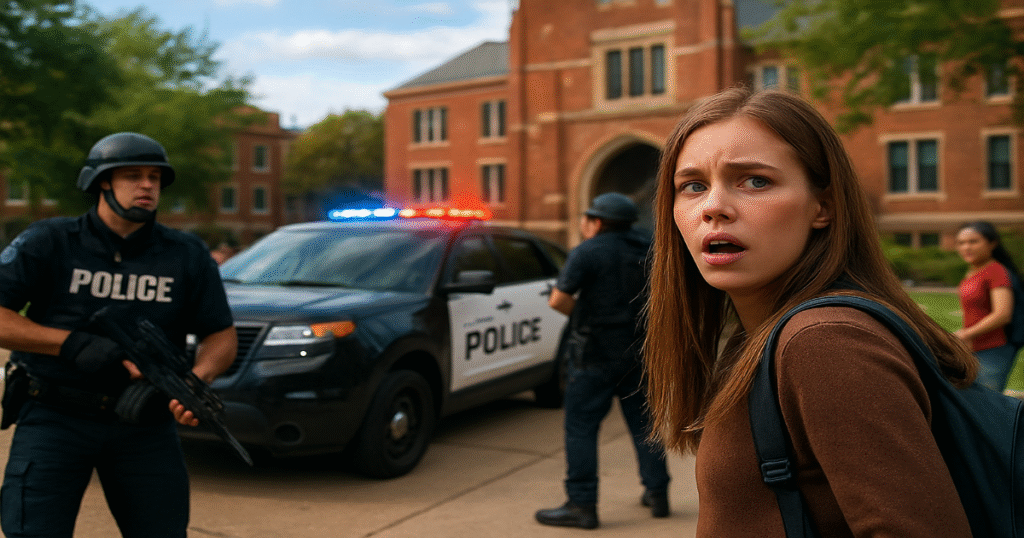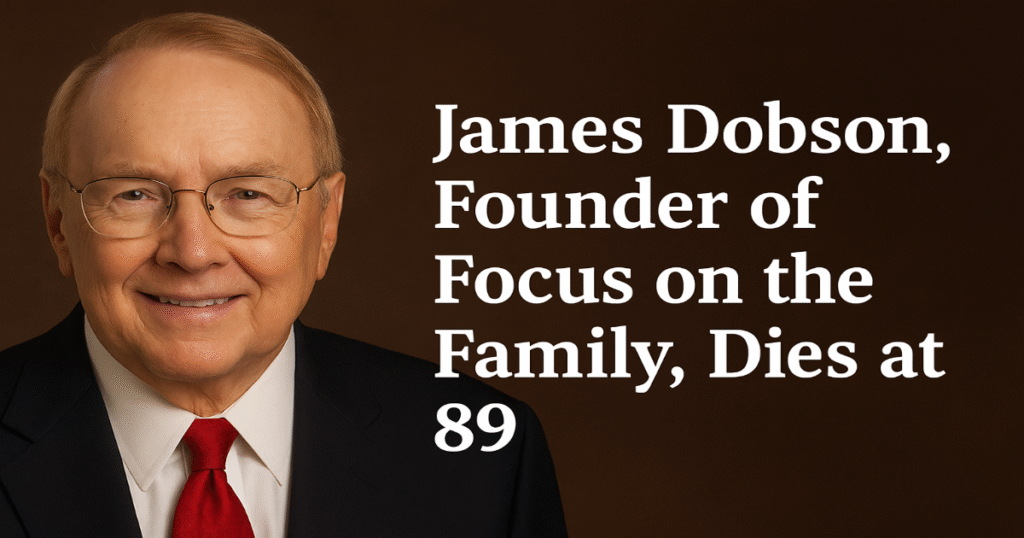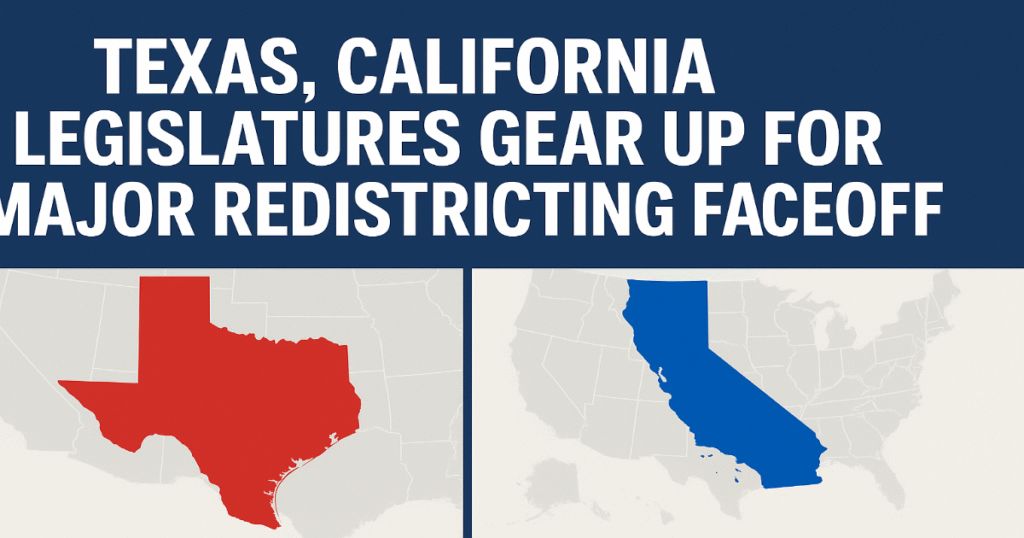
Washington, D.C. – A disturbing wave of swatting hoaxes is sweeping across college campuses in the United States, sparking panic among students and staff while triggering a nationwide FBI investigation.
Over the past several weeks, universities in multiple states have been hit with false emergency calls reporting active shooters and other violent threats. Each time, the reports have turned out to be fake—but not before lockdowns, frantic evacuations, and heavily armed police responses turned campuses upside down.
Students Caught in Fear
For students, the experience has been nothing short of traumatic.
At one Midwestern university, terrified undergraduates barricaded themselves inside classrooms after receiving alerts about an armed intruder. “People were crying and whispering prayers,” recalled sophomore Jessica Lopez. “We genuinely thought our lives were in danger. Then we learned it was a hoax. I can’t even explain the emotional rollercoaster.”
These moments of confusion and fear highlight the real-world impact of swatting, a crime that has shifted from targeting celebrities and online gamers to disrupting schools and universities.
FBI Launches Federal Probe
The Federal Bureau of Investigation confirmed it has launched a probe into the string of hoaxes, working closely with state and local police. Officials believe some of the calls could be linked, possibly coordinated by individuals operating outside the United States.
“Swatting is not a harmless prank—it is a federal crime,” the FBI said in a statement. “These actions put lives at risk and waste critical emergency resources. We are actively investigating and will hold those responsible accountable.”
The calls are often made using technology that disguises phone numbers and alters voices, making it difficult for authorities to quickly track their origins.
A Strain on Law Enforcement
Each fake report triggers a massive law enforcement response. SWAT teams, local police, and emergency medics are deployed as if it were a real crisis. Beyond the financial cost, experts warn that these responses create dangerous situations where innocent people could get hurt.
“This is not just a nuisance—it’s life-threatening,” said campus safety consultant Robert McMillan. “If officers rush into a situation expecting gunfire, the margin for error becomes razor-thin. Someone could easily get injured or worse.”
Campuses Scramble to Restore Calm
Universities are now trying to balance caution with reassurance. Some have updated their emergency protocols, while others are offering counseling services for shaken students.
Dr. Karen Patel, president of a Midwestern university that was recently targeted, said her campus is working hard to rebuild a sense of security. “We cannot ignore threats, even when there’s a chance they’re false. But we also recognize the trauma these incidents cause. Our priority is protecting both the physical and emotional well-being of our students.”
A Growing National Concern
Swatting isn’t new—it first gained attention more than a decade ago when celebrities and online gamers were targeted. But experts say the shift toward schools, hospitals, and houses of worship marks a dangerous escalation.
“This is essentially psychological warfare,” said former FBI agent Mark Sullivan. “The goal is fear and disruption. As long as these perpetrators remain hidden, the sense of insecurity will spread.”
Looking Ahead
Federal officials are urging the public to take every campus alert seriously, while also warning against the spread of misinformation on social media during such incidents.
For many students, however, the damage is already done. The rise in swatting hoaxes has added another layer of anxiety to campus life, where concerns about real-world gun violence already weigh heavily.
“It’s exhausting,” said Lopez. “Even if I get another alert tomorrow, I won’t know whether it’s real or fake. Either way, I’ll still be terrified.”
Also Read: Denmark Summons U.S. Envoy Over Espionage Allegations in Greenland
Visit: Maxima Sale

Hey I am Srimanta Pradhan brings 10 years of experience to News Broadcast and Marketing, specializing in effective communication.A specialized content writer with a decade of expertise crafting compelling narratives for News Broadcast and Marketing. Transforms complex information into engaging, impactful content.




















